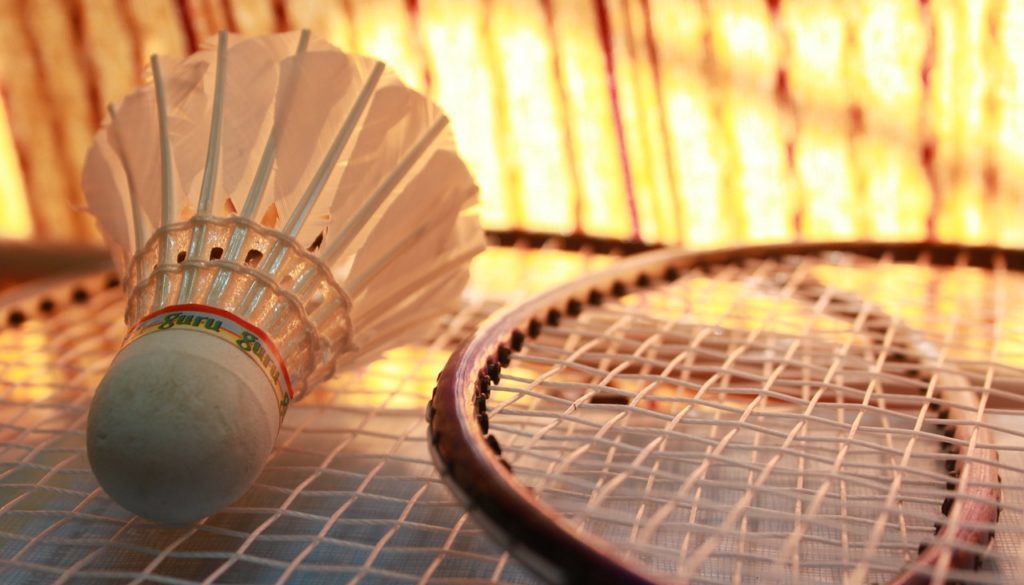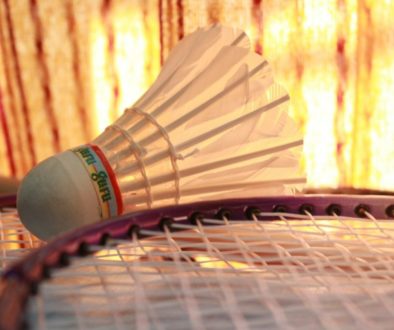A weak serve invites your opponent to hit a better return shot which will leave you at a disadvantage. You must also ensure making legal services so that you don’t end up with a penalty. Here are some serving skills that will help you play the game better.
The High Serve is usually executed when you want the shuttle to land at the back end of the court. A good high serve must have the shuttle dropping steeply downwards at the back end of the court. A high serve will prevent your opponent from executing a strong smash. Instead, a lob or a drop is more expected from your opponent. The aim is to make your opponent use their backhand, which is usually the weaker hand for most players. If they don’t use their backhand they’ll still have to move farther away from base, which could give you a weak return shot.
A Low Serve is when the shuttle lands right in front of your opponent, in their court, near the net. A good low serve will have the shuttle fly just over the net. If not, your opponent will have the chance to dash forward and smash the shuttle down to you. A low serve, when executed well, prevents your opponent from making an offensive shot.
The “fake” low badminton serve can also be used to trick your opponent into thinking the serve will be low. When you stand in a low serve position, your opponent would probably expect a low serve. However, push your thumb and flick your wrist harder so the shuttlecock flies high and heads to the back of the court.
Knowing how to serve is one thing. Practicing is another. If you want to make perfect serves, keep practicing until you don’t make any mistakes!



